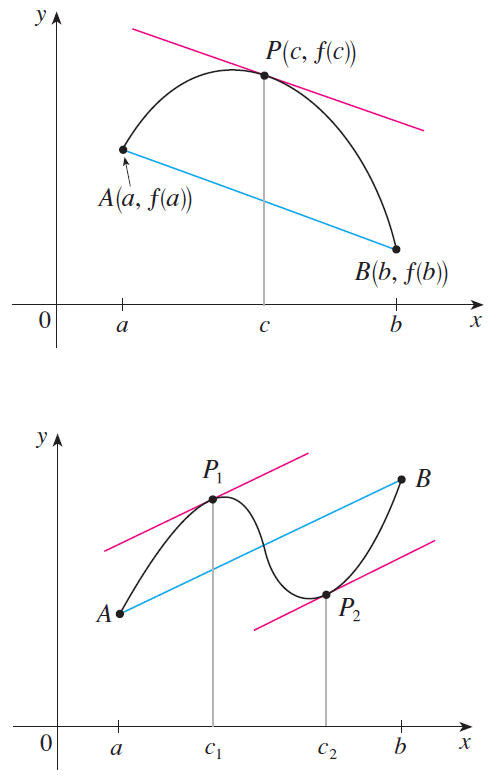SOLVING EQUATIONS WITH RATIONAL NUMBERS
In this section, we will learn how to solve an equation with variables on both sides that involves rationals numbers (fractions and terminating decimals).
When we have fraction in an equation, our first aim is to get of the fraction. Once we get rid of the fraction, the equation can be solved easily.
Case (i) :
If you have one fraction, multiply both sides of the equation by the denominator to get rid of the fraction.
Case (ii) :
If you have more than one fraction with same denominator, multiply both sides of the equation by the denominator to get rid of the fractions.
Case (iii) :
If you have more than one fraction with different denominators, find the least common multiple of the denominators, then multiply both sides of the equation by the least common multiple of the denominators to get rid of the fractions.
Example 1 :
Solve for n :
Solution :
In the equation above, there is only one fraction with the denominator 5.
So, multiply both sides of the equation by 3 to get rid of the fraction.
2n = 20
Divide both sides by 2.
n = 10
Example 2 :
Solve for x :
Solution :
In the equation above, there is only one fraction with the denominator 3.
So, multiply both sides of the equation by 3 to get rid of the fraction.
Use the distributive property on the left side and solve for x.
5x + 3 = 3x + 9
Subtract 3x from both sides.
2x + 3 = 9
Subtract 3 from both sides.
2x = 6
Divide both sides by 2.
x = 3
Example 3 :
Solve for y :
Solution :
Multiply both sides of the equation by 7 to get rid of the fractions.
y - 42 = 3y + 28
Subtract y from both sides.
-42 = 2y + 28
Subtract 28 from both sides.
-70 = 2y
Divide both sides by 2.
-35 = y
Example 4 :
Solve for x :
Solution :
Least common multiple of (10, 2, 5) = 10.
Multiply both sides of the equation by 10 to get rid of the fractions.
Subtract 6x from both sides.
x + 15 = 20
Subtract 15 from both sides.
x = 5
Example 5 :
Solve for k :
Solution :
Least common multiple of (5, 4) = 20.
Multiply both sides of the equation by 20 to get rid of the fractions.
16k - 35 = 4k + 5k
16k - 35 = 9k
Subtract 9k from both sides.
7k - 35 = 0
Add 35 to both sides.
7k = 35
Divide both sides by 7.
k = 5
Example 6 :
Solve for m :
Solution :
Least common multiple of (7, 5) = 35.
Multiply both sides of the equation by 35 to get rid of the fractions.
5m - 20 = 7m - 70
Subtract 5m from both sides.
-20 = 2m - 70
Add 70 to both sides.
50 = 2m
Divide both sides by 2.
25 = m
Example 7 :
Solve for z :
Solution :
Least common multiple of (2, 9) = 18.
Multiply both sides of the equation by 18 to get rid of the fractions.
9(z - 2) + 2(z + 10) = 90
9z - 18 + 2z + 20 = 90
11z + 2 = 90
Subtract 2 from both sides.
11z = 88
Divide both sides by 11.
z = 8
Kindly mail your feedback to v4formath@gmail.com
We always appreciate your feedback.
©All rights reserved. onlinemath4all.com
Recent Articles
-
Simplifying Algebraic Expressions with Fractional Coefficients
May 17, 24 08:12 AM
Simplifying Algebraic Expressions with Fractional Coefficients -
The Mean Value Theorem Worksheet
May 14, 24 08:53 AM
The Mean Value Theorem Worksheet -
Mean Value Theorem
May 14, 24 02:48 AM
Mean Value Theorem

